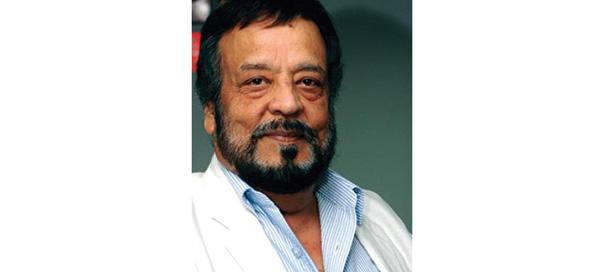If you flip through news channels or browse through newspapers and magazines in India today, you will see a lot of women as anchors, editors and reporters and you may form a general opinion that whatever may be the status of women in India, they have really made it in the field of journalism. But the problem is that it is not true; they are still on the edge of change and have a long way to go.
In a recently published book by veteran journalist R Akhileshwari with a very apt title of Women Journalists in India, Swimming Against the Tide, the writer has even compared the situation in India with the status of women journalists in other countries. She shares how she started her career by rejecting a better paid job and opting for a low paying job in a newspaper instead. Three years later, when she moved to Hyderabad and tried to find a job there, she found out that her three-year experience and two awards couldn’t get her the job, because all newspapers and news agencies already had one woman reporter on the team, and the second one was considered a burden. However, through her perseverance, she managed to get that job eight years later. Then, she went on to become a foreign correspondent reporting from Russia, China, South Africa, Europe, the Middle East and Southeast Asia.
Journalism is a field where Indian women have made significant progress in the past few decades. Women reporters have covered riots, wars and reported from the scene of natural disasters. They have become the face of many news channels and are even hired for cricket reporting, for long a male stronghold. However, Akhileshwari raises some interesting points about the situation, such as the upward mobility of women in journalism, the soft assignments given to women reporters, and the sensitive issue of harassment at the workplace.
The book also notes that women can bring a different perspective to covering the news; not better necessarily, but different. They can differ in what topics they choose to cover, or how they decide to tell the story. In some cultures women can even have an edge over their male colleagues. In Muslim countries, for example, women reporters can even interview women, but men can’t.
Akhileshwari’s story about the slow emergence of women reporters as the equals of their male colleagues, reminds me of the life story of a very famous American female journalist Helen Thomas who died last year after an illustrious career that was full of struggle, simply because she was a woman. The tough woman journalist became the only one to have her own front seat in the White House Briefing Room and came to be known as the First Lady of the White House Press. Often called ‘the First Lady of the Press’, she covered 10 presidents over five decades. Doors didn’t open for her but she had to break the barriers for them to open. Thomas began her career as a copy girl at the Washington Daily News and quickly became a reporter. But her true journalistic career began in 1943, when she joined the United Press (UP) and began covering local news and stories about women.
She got her big break in 1960, when she began covering president-elect John F Kennedy and White House daily press briefings for the United Press International. Just two years later, she convinced President Kennedy to suggest that women be allowed to attend annual dinners for White House correspondents and photographers. In 1970, Thomas became the first woman to become the chief White House Correspondent. She also was the only female print journalist to accompany President Nixon during his historic trip to China in 1972.
Upon her death last year, President Obama honoured her by saying, “Helen was a true pioneer, opening doors and breaking down barriers for generations of women in journalism. She covered every White House since President Kennedy, and during that time she never failed to keep presidents — myself included — on their toes. What made Helen the ‘Dean of the White House Press Corps’ was not just the length of her tenure, but her fierce belief that our democracy works best when we ask tough questions and hold our leaders to account.”
I brought up her story to compare the situation in the oldest democracy with the status of women journalists in India, the largest democracy. The comparison gives me hope about Indian female journalists because what Helen Thomas achieved was almost 200 years after the United States gained independence from the British. But the Indian female journalists are already half way through in just 60 years after India’s independence from the British. And you would not believe that it was only in 1959 that the Washington DC based National Press Club allowed a woman to become its member. Yes, she was Thomas.
The moral of the story is that if India’s female journalists remain passionate, honest, and dedicated about their profession, and focused about their objective, it wouldn’t take much time for them to reach all the way, may be even surpass their male colleagues. Simply because their male colleagues who think they have already ‘arrived’, for them journalism is no more a passion, but just another profession.
(Author/news analyst Ravi M. Khanna is now freelancing from New Delhi after his 24-year stint with Voice of America in Washington DC as its South Asia bureau chief)
Feedback: ravimohankhanna@gmail.com























